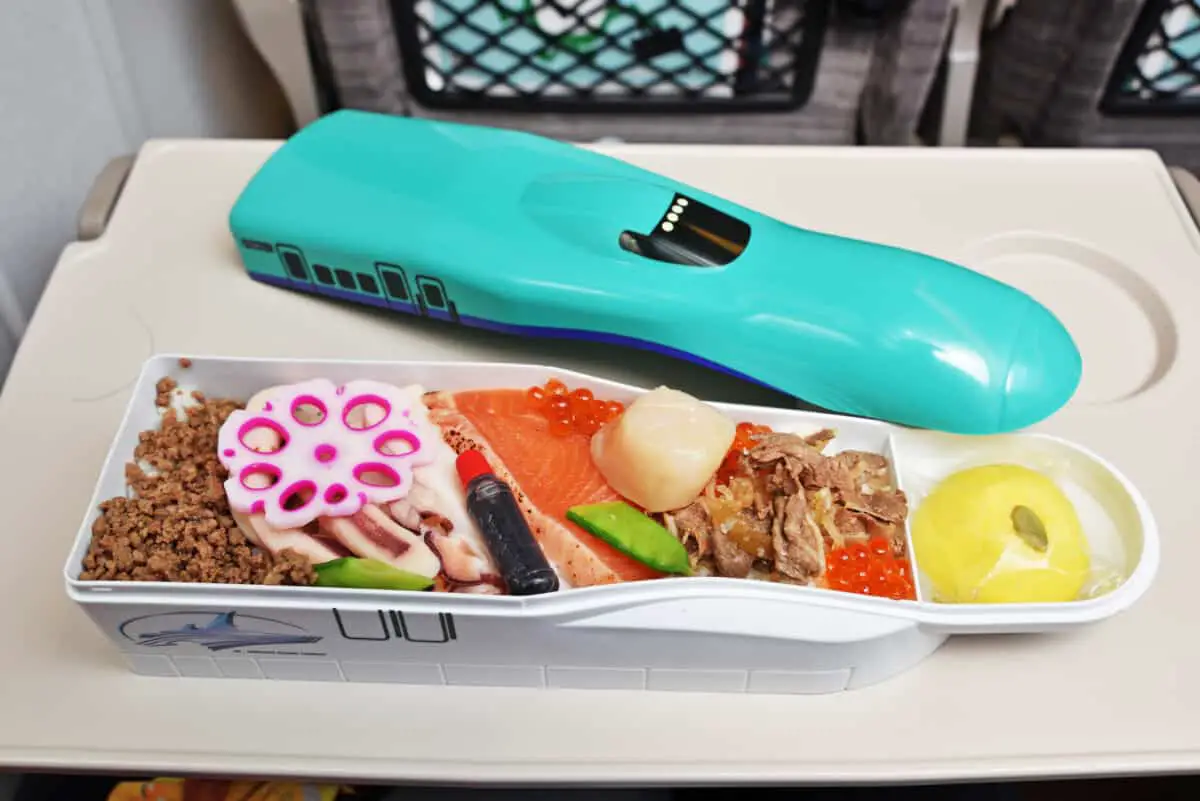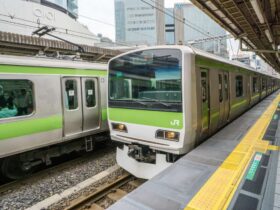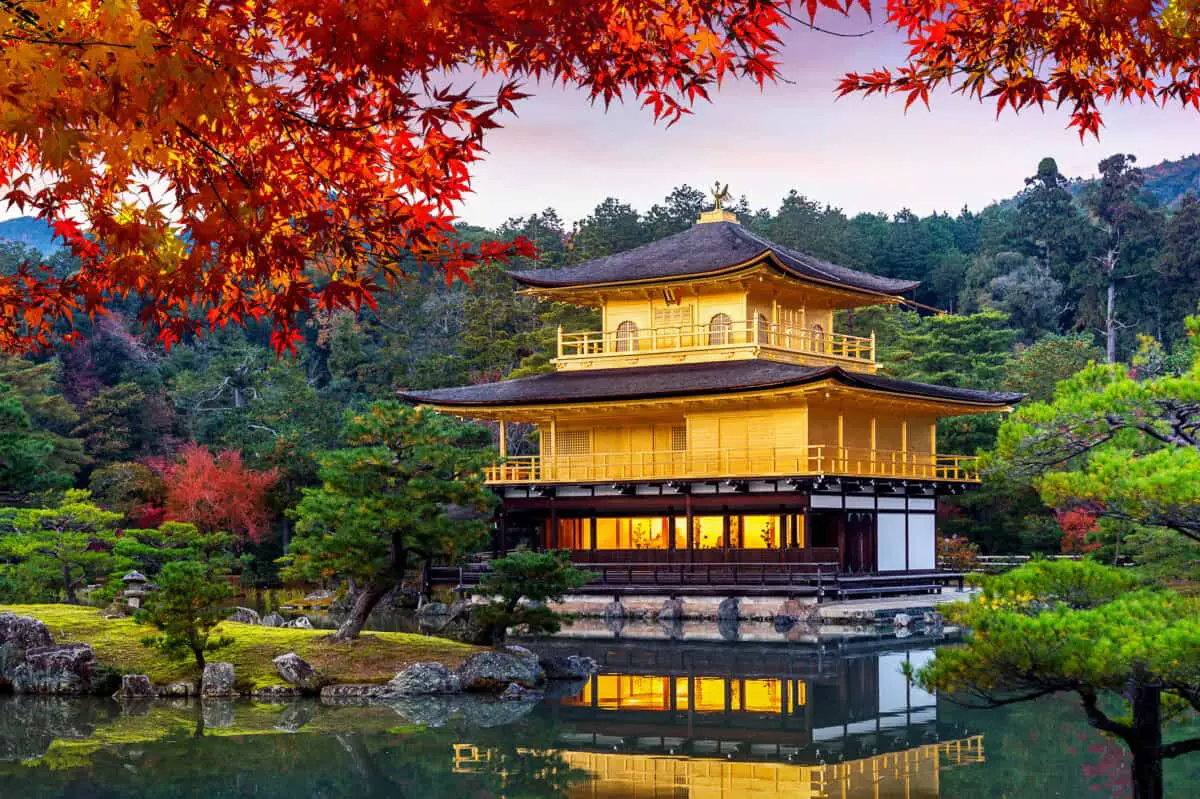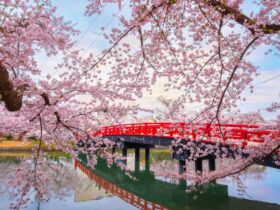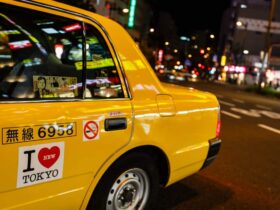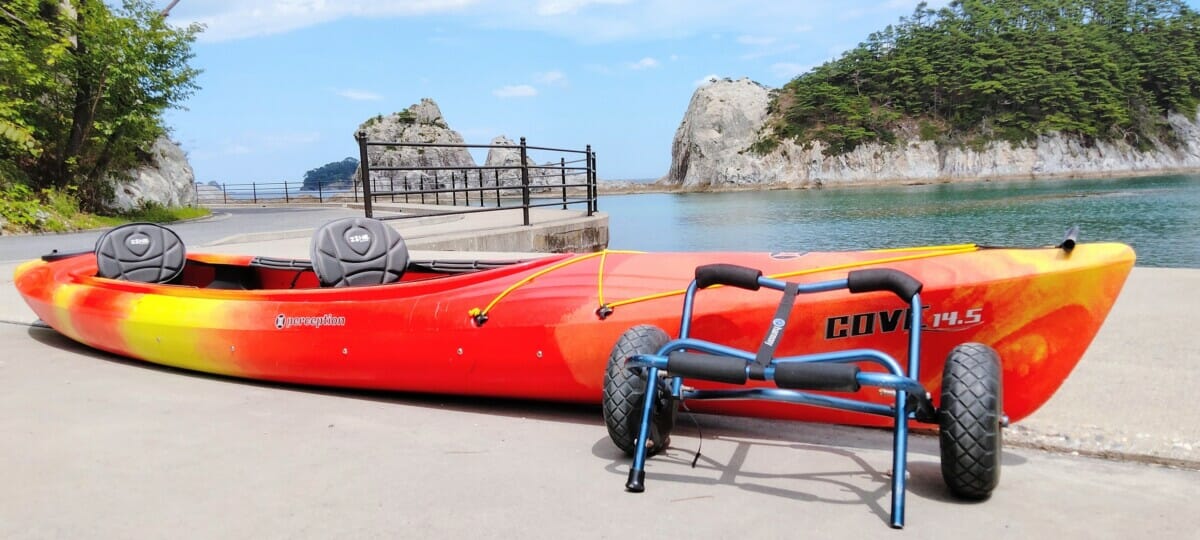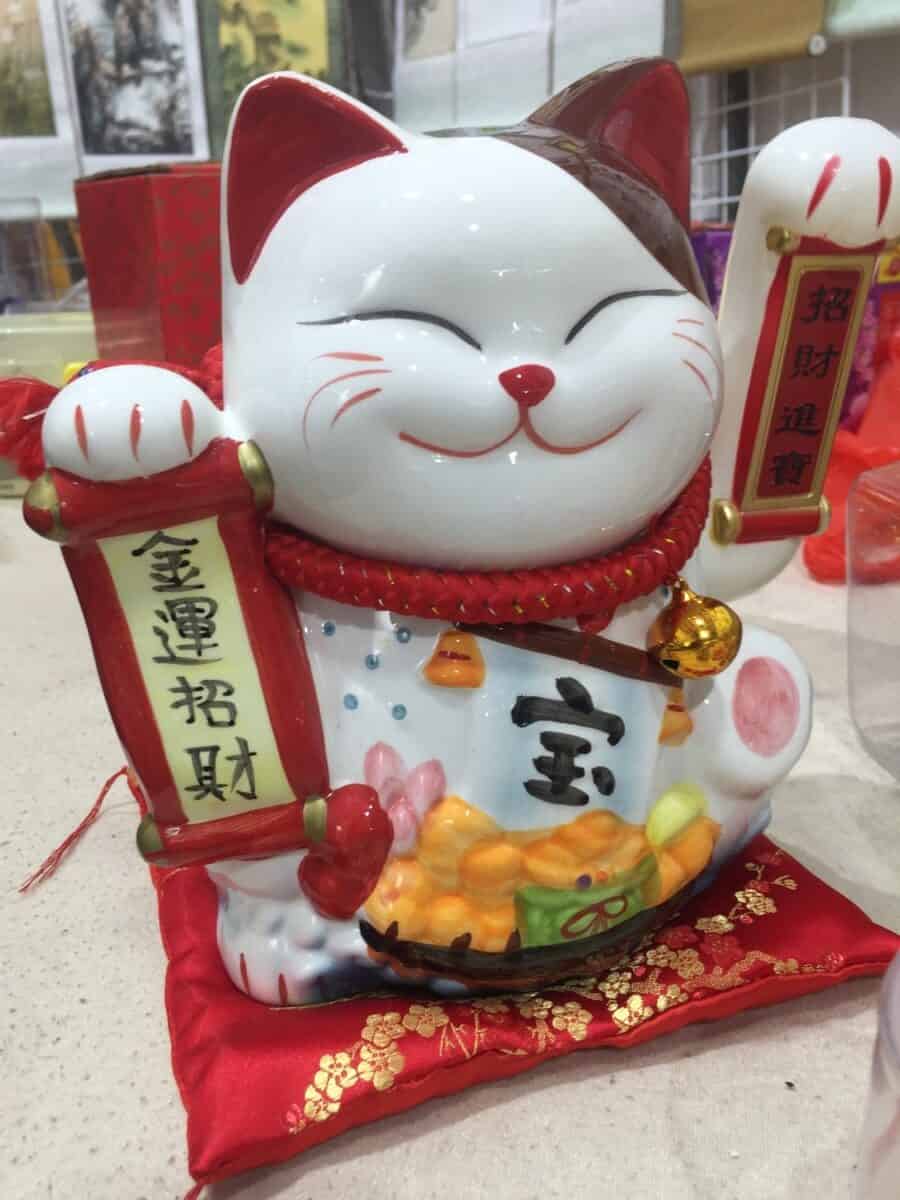Ekiben translates to (駅弁, railway bento) and is a specific type of popular boxed meal sold on various trains and at train stations across Japan. Ekiben’s popularity peaked in the 1980s before the introduction of faster trains and cheaper airfares.
Still, this type of meal remains very popular throughout Japan, sold in various unique containers that travelers can keep as souvenirs.
The Japanese term ekiben is derived from the words eki, which means “station,” and bento, which refers to a typical Japanese lunch box. As a result, an ekiben is a portable meal eaten at a train station or onboard a train while traveling.
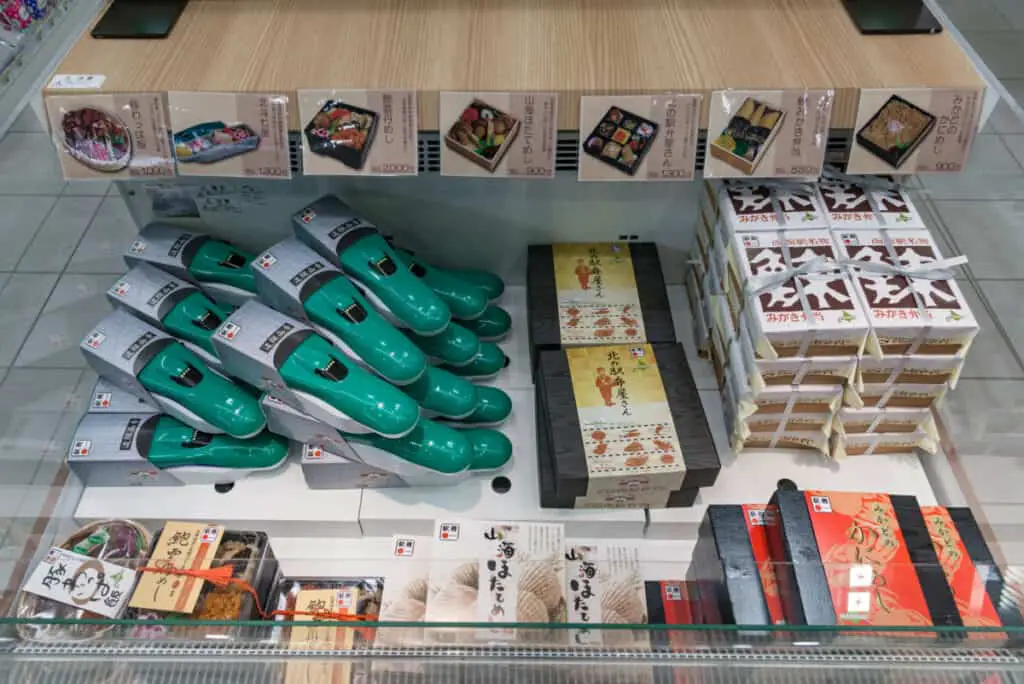
Through this article, discover how ekiben originated, where to find the most unique ekiben boxed lunches, and why it’s Japan’s answer to fast food on the go.
What Is Ekiben?
Japan is famous for its delicious cuisine and innovative trains; ekiben combines these to create a unique travel experience for visitors. Ekiben is a high-quality meal that contains fresh, locally sourced ingredients.
Many ekiben are rice-based, but contents vary from wagyu beef to omelet, Yakisoba noodles to sushi – and some even contain dessert. The boxes are usually served cold, but hot varieties are available with self-heated packaging.

Some ekiben have regional specialties, while others are limited edition and come in a range of containers from traditional wooden trays to stylish boxes shaped like the Shinkansen bullet train.
A plastic partition separates each portion of the dish within the box, and it’s up to you to decide in which order you wish to eat them. The rice takes up the most space, while the other dishes are designed to complement this central feature.
Ekiben is a high-quality food that local regions take pride in creating, contributing to the food and packaging with great care and effort.
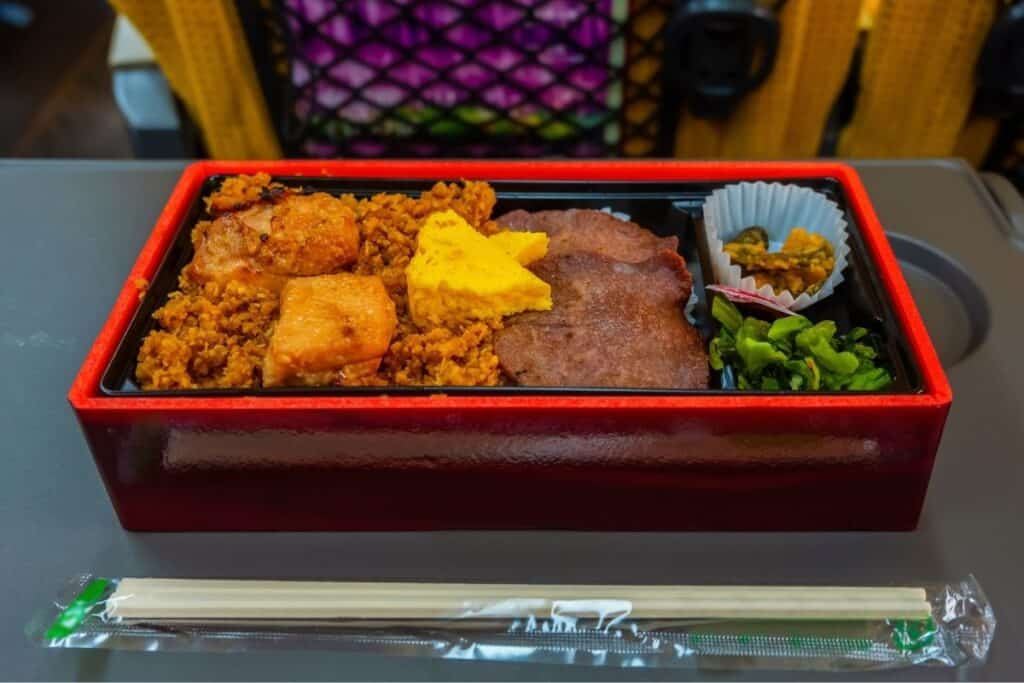
Ekiben’s Origins
There’s a vast array of origin stories. Still, it’s generally believed that the first sale of ekiben took place at the Utsunomiya Station in 1885 when the JR line opened in the Saitama prefecture. The first boxes were simple, containing rice balls or onigiri wrapped in bamboo leaves.
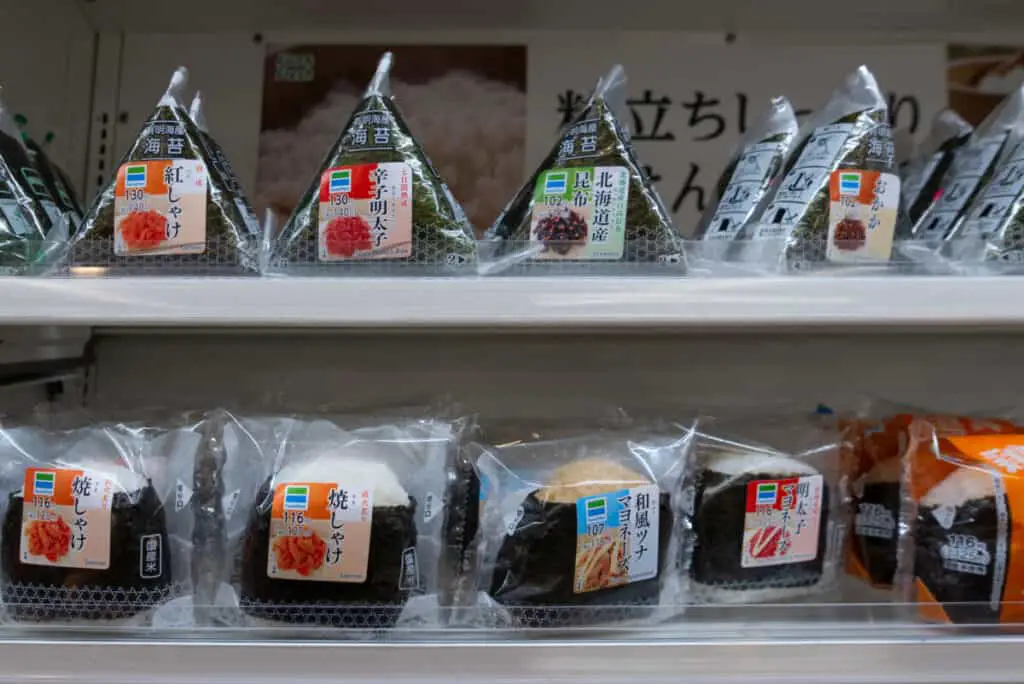
At the time, train travel was only available to the wealthier population of Japan, and ekiben was a luxury that only the upper class could indulge in, but by 1945 ekiben had become more affordable with specialties and regional varieties introduced.
As Japan added more trains networks and stations nationwide, the popularity of ekiben grew, and different regions began to personalize their ekiben to incorporate local specialties.
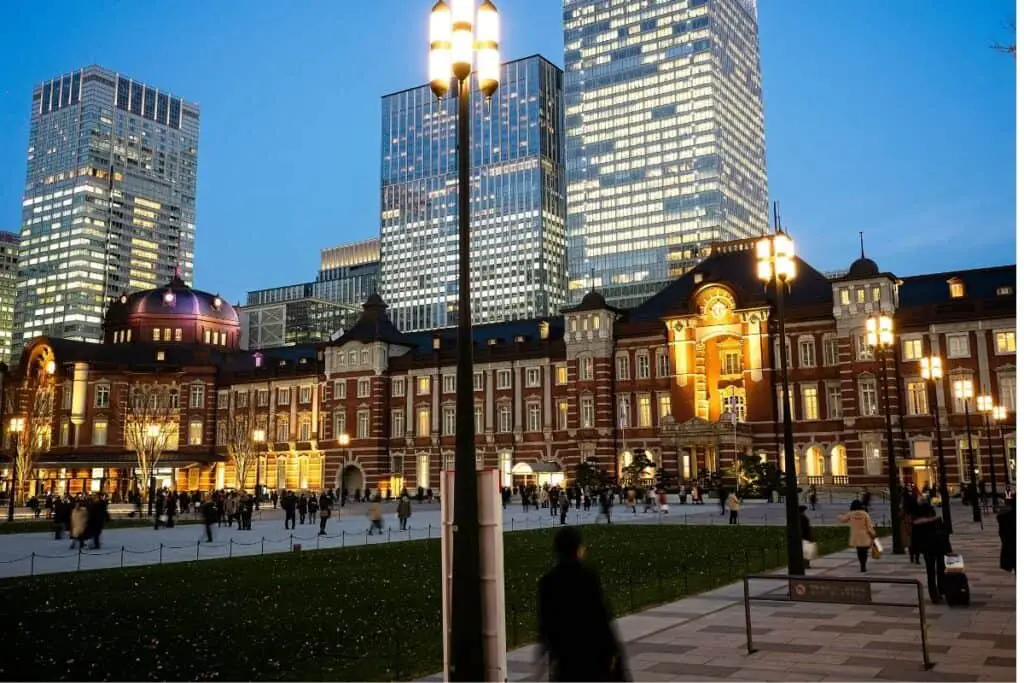
Over time, ekiben has become a much-loved element of Japanese food culture and is Japan’s answer to the western hobby of trainspotting.
Where Can I Buy Ekiben?
Ekiben is available at a variety of train stations. Designed for long train journeys, you’re more likely to find ekiben for sale at large train stations such as Tokyo Station rather than smaller regional stations or subways. However, the further you travel from big cities, the more authentic ekiben you may discover.
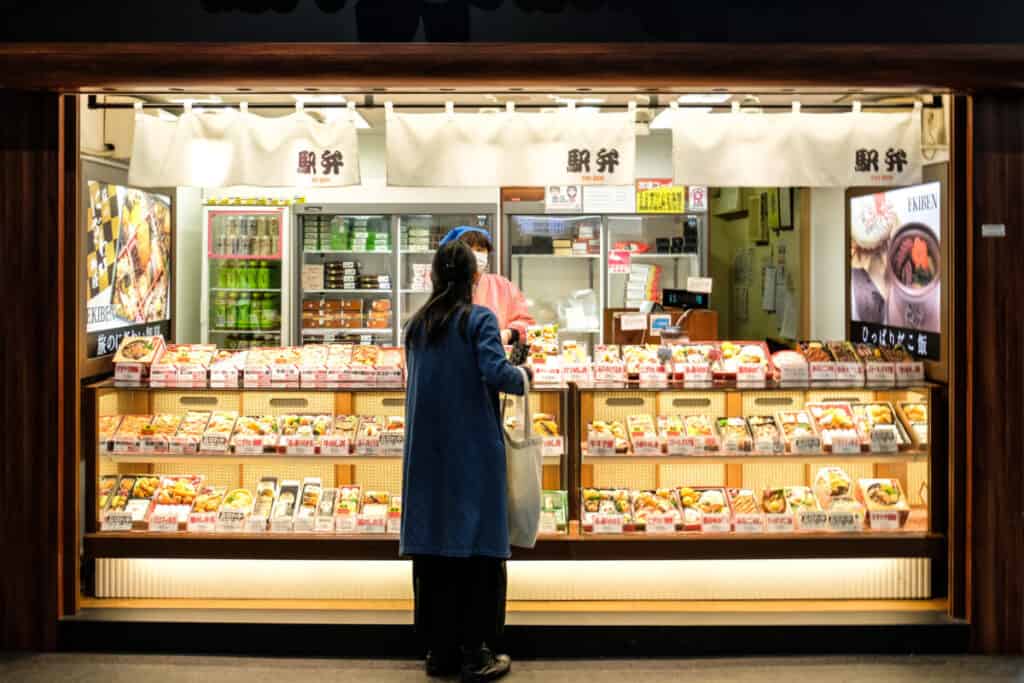
You can purchase ekiben from adjoined shops, food malls, and train stations, most popular during rush hours. Avoid typical meal times if you want to escape the long lines at the station.
How Many Types Of Ekiben Are Available?
Ekiben is now sold at over 200 train stations throughout Japan and has an estimated 3,000 varieties available to purchase.
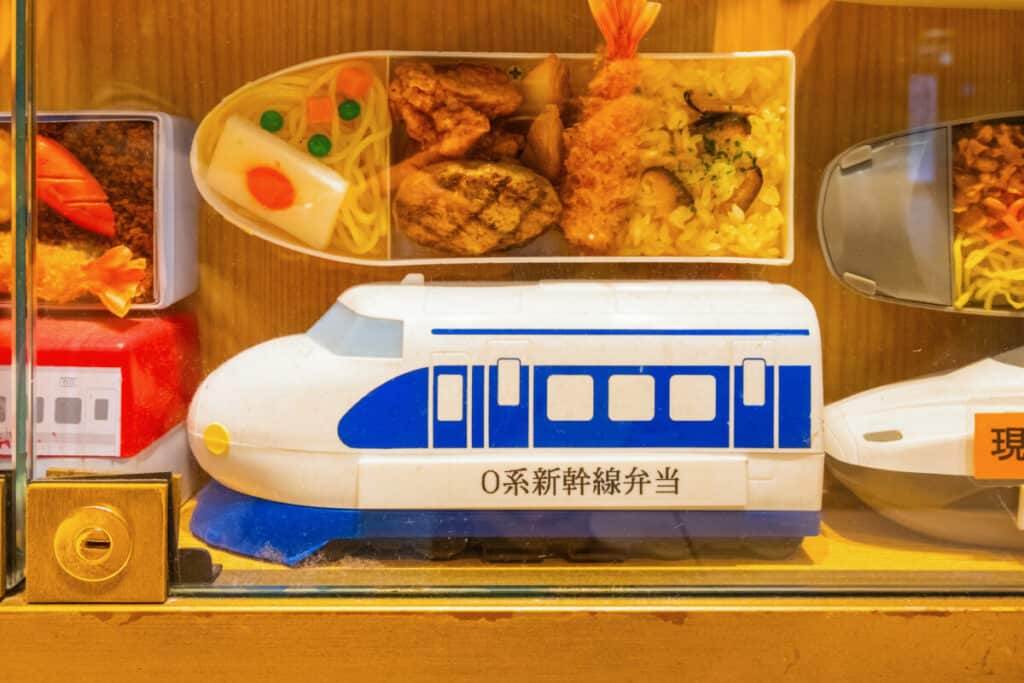
It isn’t easy to calculate the exact amount as local regions create over 200 new versions each year while older versions are retired. If you traveled to a different Japanese station that sold ekiben every single day, it would take you eight years to consume the whole array. (And that’s without the latest additions).
Types of Ekiben
There is a wide variety of ekiben available throughout Japan; listed below are some of the most popular.
Tokyo Station Lunch Boxes
While a wide variety of ekiben is available in Tokyo, the Tokyo Station Lunch Box is an exclusive product available only at Tokyo station. The box contains an array of traditional Japanese dishes made by famous bento companies. They also have a postcard that shows a 20th century Tokyo station and decorated paper covers the box.
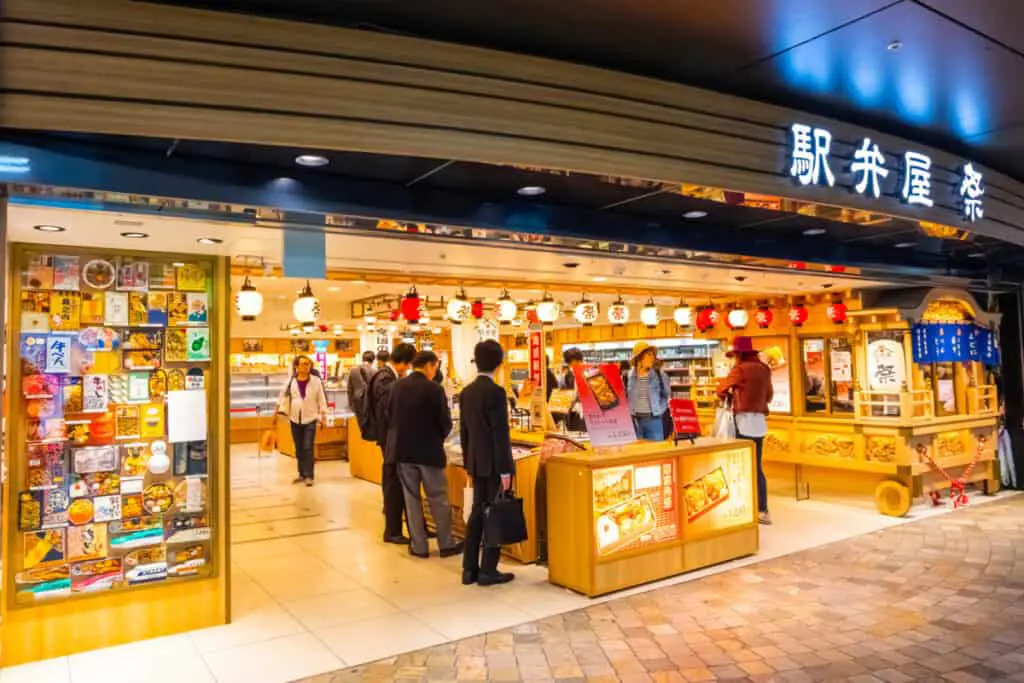
Shinkansen E7 kei Bento
The contents of this ekiben box are pretty straightforward with rice balls and pickled radish; the contemporary twist is its container – a box shaped like a Shinkansen bullet train that you can keep as a souvenir.
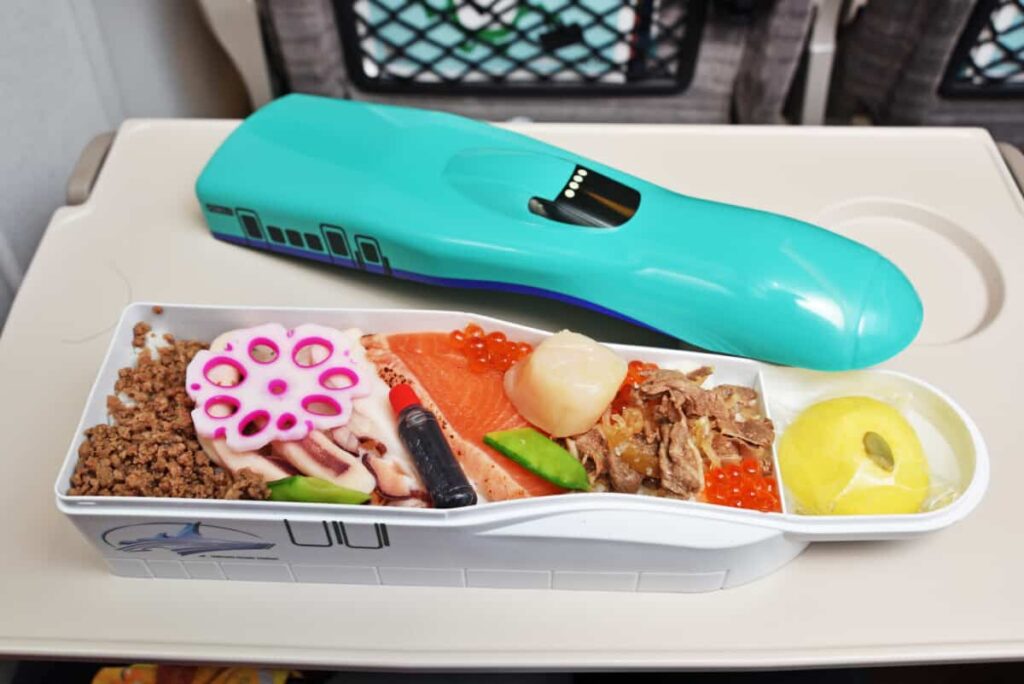
Daruma Ekiben
Daruma is a red wooden doll that the Japanese believe to be a good luck charm. These dolls depict zen Buddhism and come in various colors and styles depending on the artist and area. The daruma’s mouth often comprises an open slot designed for use as a piggy bank.
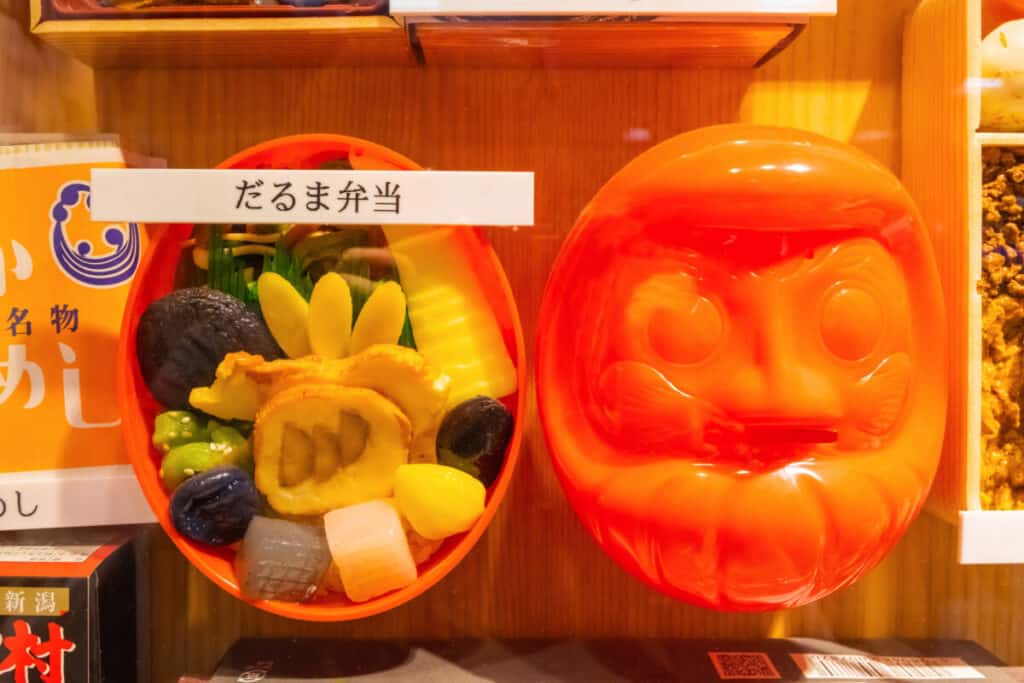
Gunma Prefecture is a mountainous area known for its Ekiben boxes that the residents shape into daruma. The boxes typically contain chameshi rice (green tea rice), chicken, and edible plants such as bamboo shoots, shiitake mushrooms, or burdock.
Masu No Sushi
This traditional style of ekiban consists of pressed salmon and trout served with rice and encased in bamboo leaves. Many varieties are available, including kaki no ha sushi made from an omelet, salmon, and crabmeat wrapped in persimmon leaves.

Anago Meshi
This ekiban consists of roast eel slices, a popular filling in Japan, served with rice cooked in eel broth. The style of ekiban is trendy in Hiroshima.
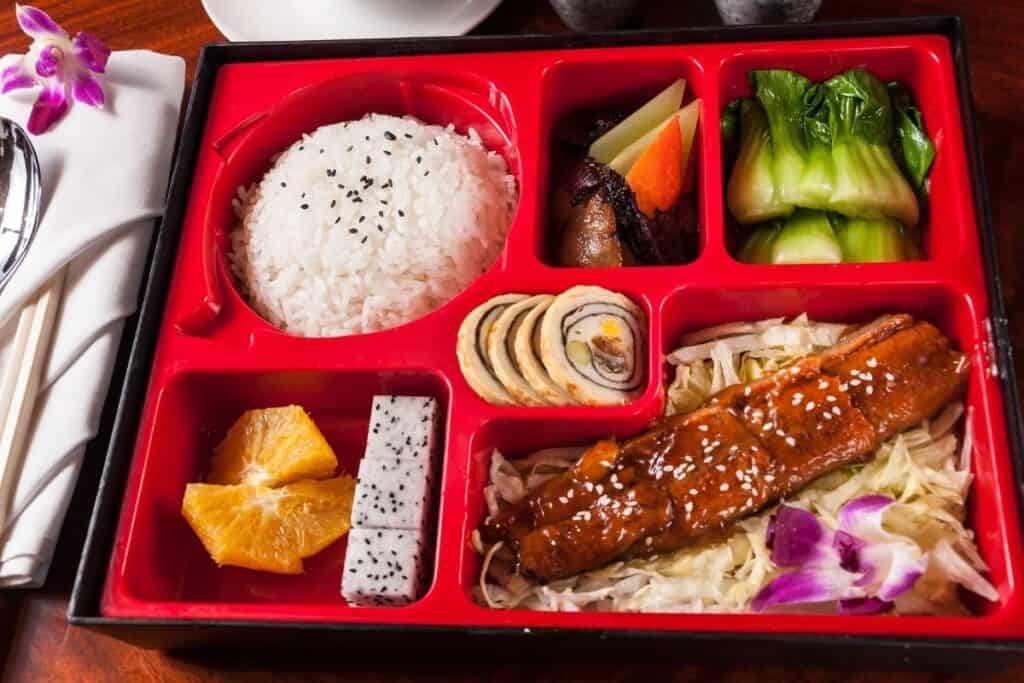
Sparkling Sea Bento
True to its name, this ekiban sparkles thanks to the roe of the sockeye salmon that look like orange jewels fresh from the ocean. Sparkling Sea bento also contains a salmon fillet.
How Much Does Ekiben Cost?
The price of ekiben varies from 300 – 3,000 yen depending on the size and style of the product. The average cost is between 700 – 1200 yen, and most prices are displayed next to the ekiben on the counter.
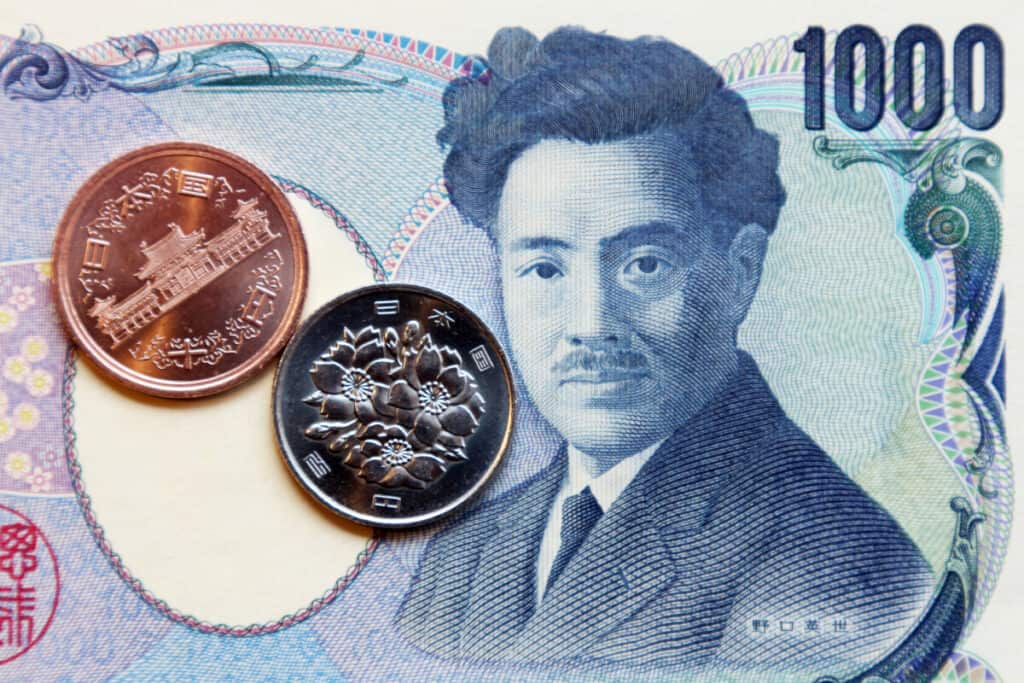
What Are The Most Unique Forms Of Ekiben?
The options are endless when it comes to choosing your style of ekiben; below are some of the most unique from around the country.
Hipparidako Meshi
Available in the Hyogo prefecture, this ekiben consists of conger eel with octopus rice and seasonal vegetables. Its contents are unique, and its container, which comes in the form of a ceramic pot, is traditionally used for catching octopus.
Hipparidako Meshi Official Website
Kobe Wine Bento
Kobe Wine Bento is one of the most expensive forms of ekiben and is said to be the first to offer wine with your meal. The box costs around 1600 yen, though it justifies its price through a small bottle of chardonnay and Japan’s signature dish, Kobe beef.
Steak sauce accompanies the beef, with additions of saffron rice, potatoes, and a variety of other delicious treats.
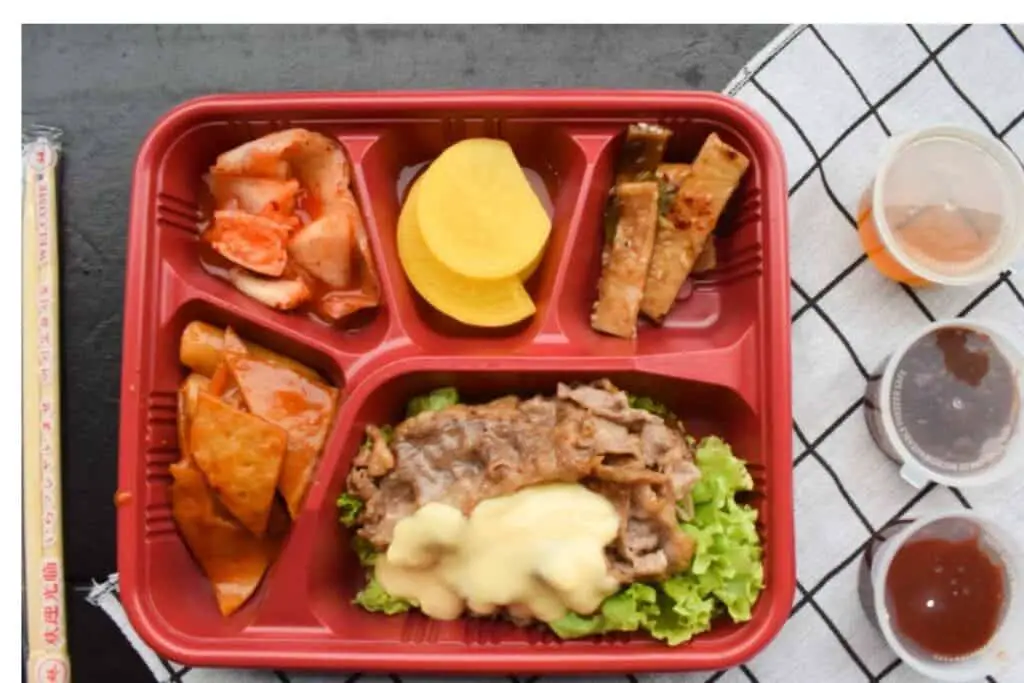
50 Hinmoku Baraeti Bento
If you are spoilt for choice and can’t make up your mind which ekiben to opt for, the 50 hinmoku baraeti bento may be just the box for you. This bento contains 50 different items, including grilled salmon, rolled omelet, and various vegetables.
Self Heating Ekiban
Though ekiban is traditionally served cold, Japanese innovators designed self-heating packaging that can heat your food before eating it. Yakisoba is one variety of self-heating ekiben that consists of stir-fried noodles.
Tan Ton Bento is another self-heating ekiban that consists of pork and beef tongue over white rice.
You pull the string to initiate a chemical reaction on the box’s underside, during which you will hear a hiss as steam escapes from the pack. After around five minutes, the heat will have fully warmed the contents, and your meal will be ready to enjoy.
Self Heating Ekiben or Bento
Final Thoughts On Ekiben
Ekiben is a delicious slice of Japanese culture that allows you to experience the different cultural traditions from various areas of Japan.
Thoughtfully prepared and with varieties to suit everyone’s needs, having an ekiben is one of the must-do activities of Japan while commuting on Japans excellent train networks, leaving you with a unique souvenir.

